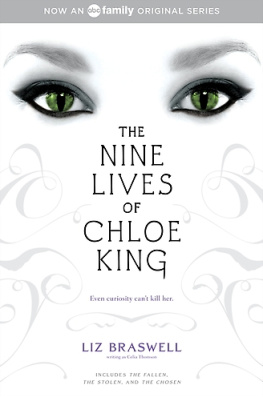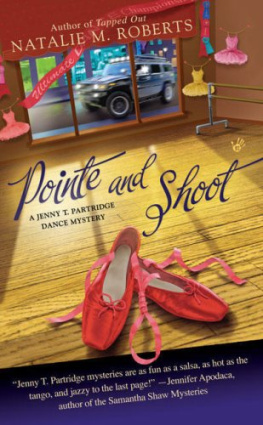Chloe Angyal - Turning Pointe
Here you can read online Chloe Angyal - Turning Pointe full text of the book (entire story) in english for free. Download pdf and epub, get meaning, cover and reviews about this ebook. year: 2021, publisher: PublicAffairs, genre: Art. Description of the work, (preface) as well as reviews are available. Best literature library LitArk.com created for fans of good reading and offers a wide selection of genres:
Romance novel
Science fiction
Adventure
Detective
Science
History
Home and family
Prose
Art
Politics
Computer
Non-fiction
Religion
Business
Children
Humor
Choose a favorite category and find really read worthwhile books. Enjoy immersion in the world of imagination, feel the emotions of the characters or learn something new for yourself, make an fascinating discovery.

- Book:Turning Pointe
- Author:
- Publisher:PublicAffairs
- Genre:
- Year:2021
- Rating:3 / 5
- Favourites:Add to favourites
- Your mark:
- 60
- 1
- 2
- 3
- 4
- 5
Turning Pointe: summary, description and annotation
We offer to read an annotation, description, summary or preface (depends on what the author of the book "Turning Pointe" wrote himself). If you haven't found the necessary information about the book — write in the comments, we will try to find it.
Turning Pointe — read online for free the complete book (whole text) full work
Below is the text of the book, divided by pages. System saving the place of the last page read, allows you to conveniently read the book "Turning Pointe" online for free, without having to search again every time where you left off. Put a bookmark, and you can go to the page where you finished reading at any time.
Font size:
Interval:
Bookmark:
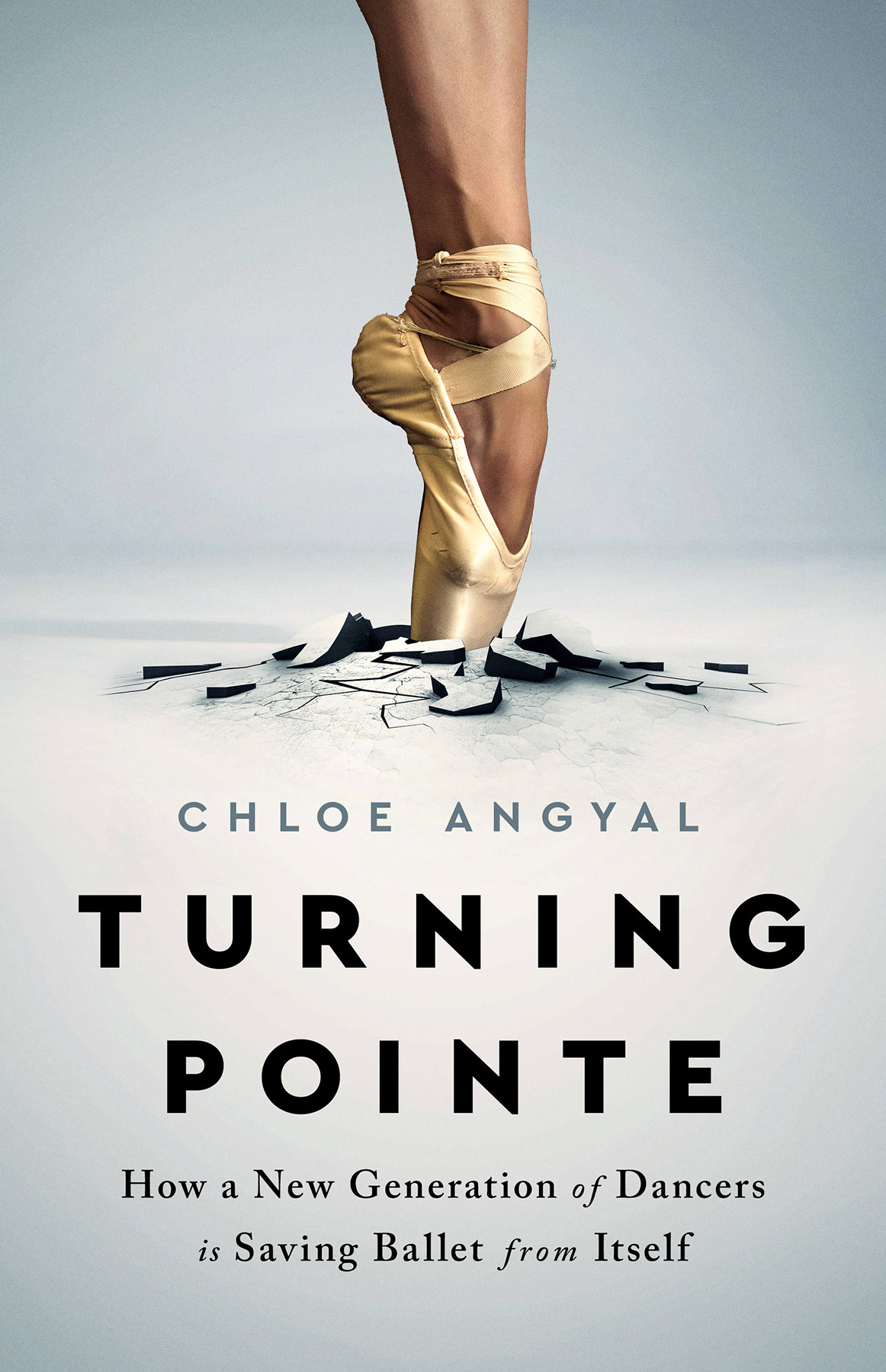
Copyright 2021 by Chloe Angyal
Cover design by Pete Garceau
Cover images iStock / Getty Images
Cover copyright 2021 Hachette Book Group, Inc.
Hachette Book Group supports the right to free expression and the value of copyright. The purpose of copyright is to encourage writers and artists to produce the creative works that enrich our culture.
The scanning, uploading, and distribution of this book without permission is a theft of the authors intellectual property. If you would like permission to use material from the book (other than for review purposes), please contact permissions@hbgusa.com. Thank you for your support of the authors rights.
Bold Type Books
116 East 16th Street, 8th Floor New York, NY 10003
www.boldtypebooks.org
@BoldTypeBooks
First Edition: May 2021
Published by Bold Type Books, an imprint of Perseus Books, LLC, a subsidiary of Hachette Book Group, Inc. Bold Type Books is a co-publishing venture of the Type Media Center and Perseus Books.
The Hachette Speakers Bureau provides a wide range of authors for speaking events. To find out more, go to www.hachettespeakersbureau.com or call (866) 376-6591.
The publisher is not responsible for websites (or their content) that are not owned by the publisher.
Library of Congress Cataloging-in-Publication Data
Names: Angyal, Chloe, author.
Title: Turning pointe : how a new generation of dancers is saving ballet from itself / Chloe Angyal.
Description: New York, NY : Bold Type Books, [2021] | Includes bibliographical references and index.
Identifiers: LCCN 2020046028 | ISBN 9781645036708 (hardcover) | ISBN 9781645036722 (ebook)
Subjects: LCSH: Ballet. | DanceSex differences.
Classification: LCC GV1787 .A54 2021 | DDC 792.8dc23
LC record available at https://lccn.loc.gov/2020046028
ISBNs: 978-1-64503-670-8 (hardcover), 978-1-64503-672-2 (ebook)
E3-20210330-JV-NF-ORI
For Belle, who longed for ballet lessons, and for
Abby, who made sure I had them
This was the dichotomythe achievement of fragility and delicacy meant a core of strength. Butterflies are not weak.
A LLEGRA K ENT, O NCE A D ANCER: A N A UTOBIOGRAPHY
E very day, in dance studios all across America, legions of children line up at the barre and take a ballet class. This book is about what they learn there, not just about dance, but about gender, race, and power, about the value of their bodies and minds. About their place in the world both in and outside of dance.
The vast majority of those who take ballet classes in the United States are girls, many of whom aspire to grow up to become the ultimate in femininity, the epitome of a very particular kind of womanhood: a ballerina. Very, very few of theman infinitesimally small numberwill achieve that goal. This book is also about what awaits those who do: what the select few who make it to the top of the ballet world experience and endure in order to live their dream of dancing professionally.
Despite its widespread popularity in the United States, despite its central place in American childhood, ballet can seem a world aparta place governed by different rules than the larger culture of the country, isolated from its most pressing problems and its overlapping crises.
Certainly the nature of balletits association with the economic and cultural elite, its cultivated glamour and opacity, its inescapable Frenchness and fanciness, and the almost nunlike lives that so many of its professional practitioners leadall contribute to this sense that ballet is another world entirely.
And its true that ballet does have some very odd rules. For example, a ballet class doesnt end until the students bow (or curtsy) to the teacher and he or she bows back. Sometimes the bows are performed as an elaborate choreographed sequence, completed, like every ballet exercise, first on the right side and then on the left. Its both an odd rule and a reinforcement of the sense that ballet is a separate world, governed by a different set of laws than the world where most people live.
But as the dance scholar Brenda Dixon Gottschild wrote in her landmark book The Black Dancing Body, Dance is a measure of society, not something apart from it. And balletjust like American societyis cracking under the weight of multiple interlocking crises, some of them of its own making.
Given the millions of children whose early lives are shaped by ballet, the art form demands our attention. And perhaps the crises rocking American society can be seen with greater, necessary clarity by examining ballet. Because ballet, like the larger society in which it sits, finds itself at a turning point: Will it remain mired in its old traditions and entrenched prejudices, or will it remake itself into something less broken and more beautiful?

While I was reporting this book, I met and interviewed dozens and dozens of inhabitants of the ballet worlddancers, teachers, choreographers, artistic directors, parents, health care providerswho told me stories that demonstrated just how badly ballet needs to be saved from itself.
What I found was an ecosystem in crisis, made fragile and brittle by years of inequality and rendered dysfunctional by sexism, racism, elitism, and a stubborn disregard for the physical and mental well-being of the dancers who make the art form possible.
I interviewed a gifted gender nonconforming dancer who was pushed out of ballet because their teachers refused to imagine what the art form might look like without its rigid gender binary. I interviewed a Black ballet mom whose biracial daughter was subject to racist treatment at the hands of a white ballet mom. A professional dancer who
Each of these stories suggested that some essential part of the ballet world was breaking down. Together, they revealed that the ecosystem was perhaps already broken, and that, in turn, it was breaking people.
Inhabitants of the American ballet worldpeople who loved ballet and needed it to love them backwarned me that unless something changed, unless ballets gatekeepers could radically reimagine what the art form could be and whom it could serve, it would die: death by irrelevance, death by inaccessibility, death by excluding the very dancers and creators and audience members who could keep it alive and carry it into the future.
For some observers the die-off might have been difficult to detect, but the more marginalized members of the ballet world, made prophetic by their exclusion, could see it happening. They could feel it. It was a slow-motion extinction happening one ballet dancer and one ballet dream at a time.
And then the flood came.

By April 2020, just a few months after I finished the bulk of the reporting for this book, the coronavirus pandemic had swept over the ballet world, wiping away familiar structures and leaving others in a desperate state.
Theaters and dance studios sat empty. Spring recitals were called off. Emerging choreographers had their debuts postponed, and retiring dancers had their farewell performances canceled. Ballet schools pivoted to Zoom classes and then to drastically reduced class sizes, and students staged digital performances and recorded video competition entries. Ballet companies pivoted to digital offerings, emergency fund appeals, and dance pods after canceling their spring seasons.
Font size:
Interval:
Bookmark:
Similar books «Turning Pointe»
Look at similar books to Turning Pointe. We have selected literature similar in name and meaning in the hope of providing readers with more options to find new, interesting, not yet read works.
Discussion, reviews of the book Turning Pointe and just readers' own opinions. Leave your comments, write what you think about the work, its meaning or the main characters. Specify what exactly you liked and what you didn't like, and why you think so.


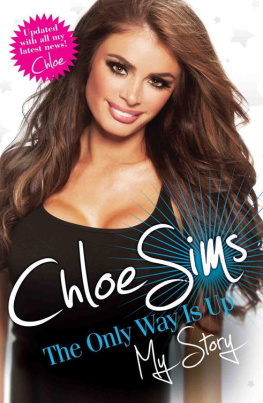

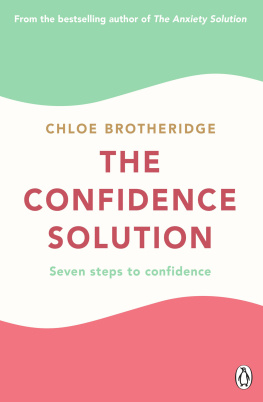

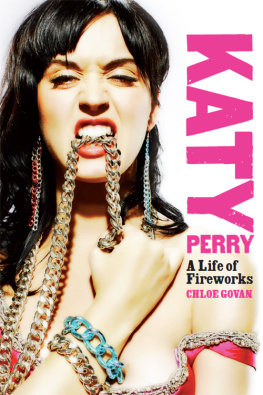
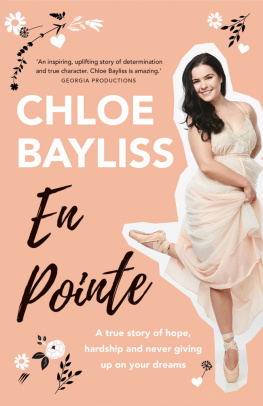

![Chloe Caldwell [Chloe Caldwell] - Women](/uploads/posts/book/114454/thumbs/chloe-caldwell-chloe-caldwell-women.jpg)
